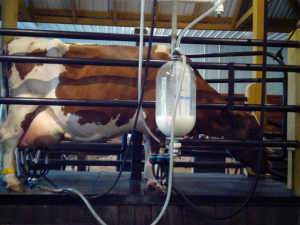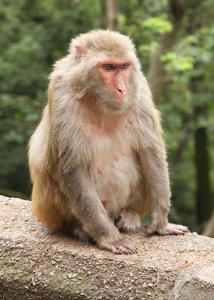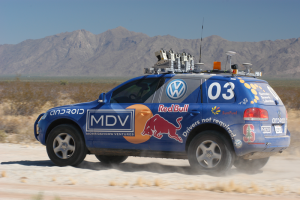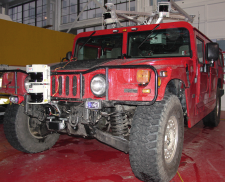DeLaval, a 122 year old dairy equipment company, offers the Voluntary Milking System (VMS), an embedded Linux-controlled, robotic cow-milking system. What sets this system apart is that the process is entirely automated, and the cows themselves decide when they are ready to be milked. The VMS stands to revolutionize dairy farming as it is able …
October 2005 archive
Oct 21 2005
Why Habits are Hard to Break
A forthcoming article in Nature explains how recent experiments by researchers at MIT have shed some light on why sometimes habits seem to be broken but never truly die. Scientists have discovered that with the proper stimulus a dormant habit can be retrieved from memory and once again influence a subject’s behavior.
Oct 20 2005
Robots and Smart Devices in IT
Computerworld.com is reporting on some of the predictions coming out of this week’s Gartner IT Expo. Specifically, experts are predicting that robots and “sensor-rich” devices may soon play a major role in IT. Jackie Fenn, a Gartner analyst, believes that IT products will get smarter in the coming years. Integrating arrays of sensors to monitor …
Oct 19 2005
You Don’t Really Forget
LiveScience.com published a summary today of a study that will be appearing in the October 20th issue of the journal Neuron regarding associative memories in rhesus monkeys. Researchers at the Salk Institute for Biological Studies have been trying to determine how associative memory works and have produced some surprising results about what happens neurologically when …
Oct 19 2005
Cyborg Humidity Gauge
Nature.com has published an article about the work of Ravi Saraf, a chemist from the University of Nebraska, Lincoln and his student Vikas Berry in integrating living bacteria into an electrical circuit that is part of a humidity-detecting device. While there have been other instances of circuits built to react to microorganisms, this “cellborg,” as …
Oct 09 2005
Stanley the Volkswagen Wins Grand Challenge 2005
The results of Grand Challenge 2005 are in, and Stanley the Volkswagon is the winner! Developed by a team from Stanford University, Stanley was able to complete the 132 mile course through the Mojave Desert in 6 hours and 53 minutes beating 3 other vehicles that were able to make it to the finish line …
Oct 08 2005
Fast Robot Prototyping
IBM has just published a new article in it’s developerWorks section entitled “Wireless robotics: Fast robot prototyping.” Written by Erik Zoltan, the article approaches robotics development with a “bottom-up” approach, a process during which the subsystems are built and ultimately assembled with no specific goal of what the final robot will look like. Prototyping using …
Oct 07 2005
Funding for Robotics R&D Urged by EU Commissioner
Europe, home to many cutting-edge robotics projects, could fall behind the rest of the world if funding for such programs fails to keep pace over the next several years suggests Viviane Reding, an EU Commissioner of information society and media issues. She is asking both government bodies and private industry to act quickly in order …
Oct 06 2005
London Aquarium to Debut Robotic Fish
The AFP reports today that the London Aquarium is set to unveil the first autonomous robotic fish. Developed at the University of Essex over a period of three years, the fish are designed to not only physically resemble their biological counterparts but also replicate their behavior and movement. While they were primarily created to drive …
Oct 06 2005
Carnegie Mellon Secures Pole in Grand Challenge II
The Defense Advanced Research Projects Agency, aka DARPA, announced the 23 finalists who have been chosen to compete in this year’s Grand Challenge, a race between autonomous robotic vehicles over a grueling course of up to 175 miles in the Mojave Desert. A red Hummer named H1ghlander developed by a team from Carnegie Mellon University …






